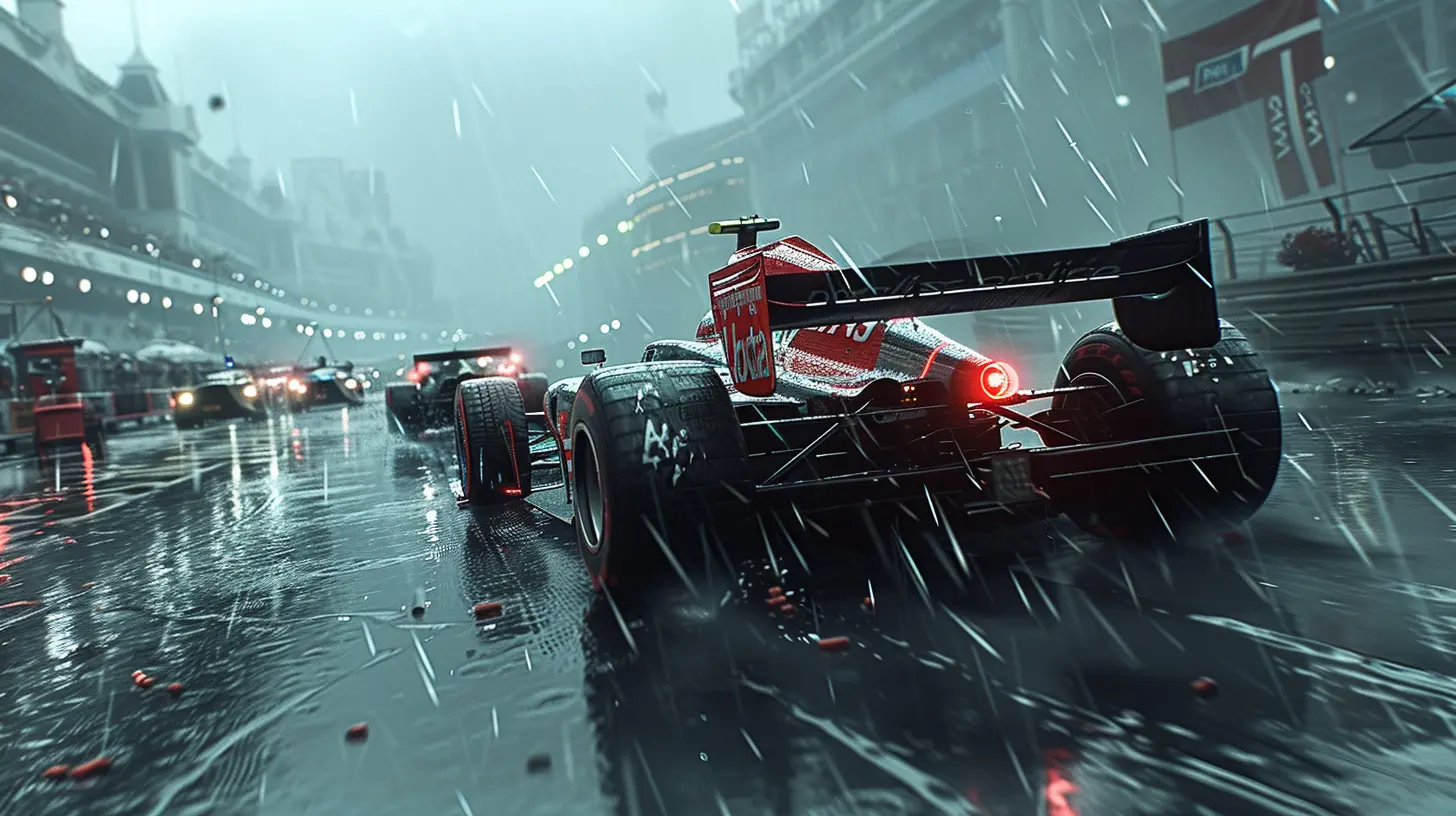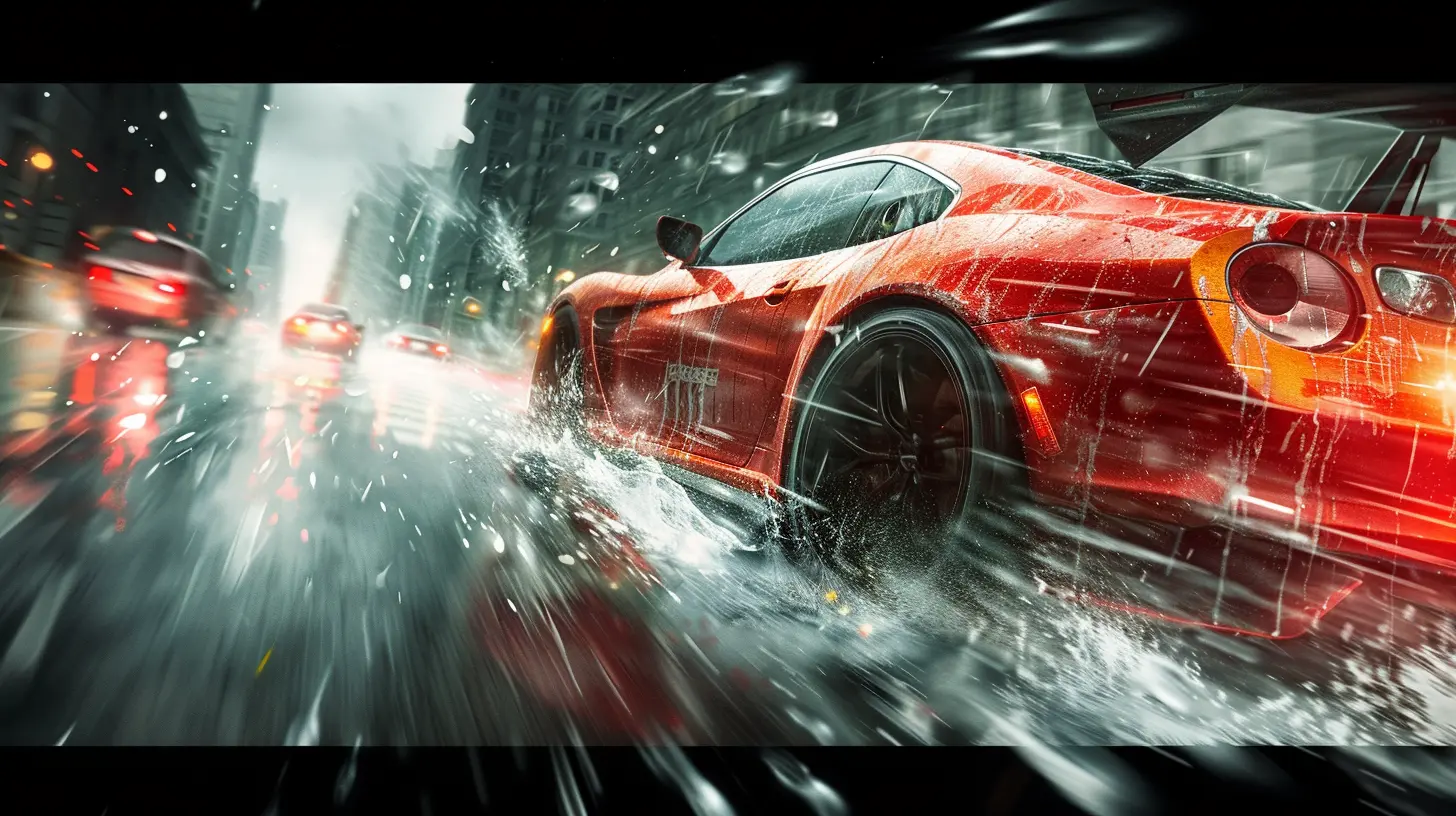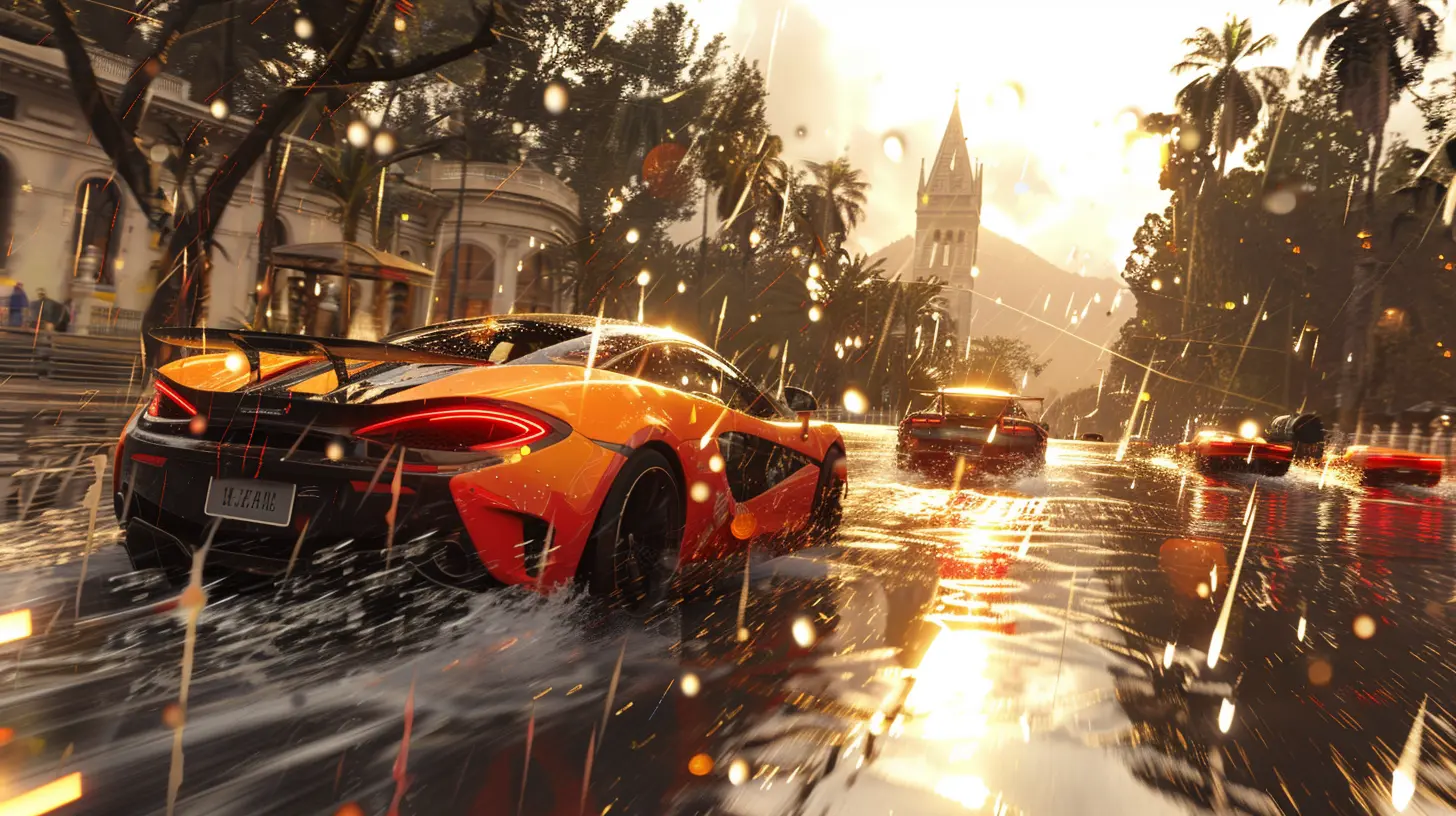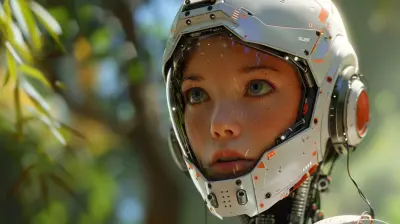10 April 2025
When it comes to racing games, we often think about the speed, the cars, and the thrill of overtaking opponents. But let’s talk about something we often overlook: weather conditions. Believe it or not, weather isn’t just an aesthetic backdrop in modern racing games. It's a game-changer—literally.
From slippery rain-soaked roads to blinding snowstorms, weather elements can dramatically alter how you navigate the virtual track. Developers pour countless hours into perfecting these mechanics to make races feel more realistic. Let’s take a deeper dive into the nitty-gritty of how weather affects gameplay mechanics in racing games. Buckle up; it’s going to be a ride.
Why Weather Is More Than Just Eye Candy
Weather effects in racing games aren't just there to make the game look good. Sure, those shiny puddles and foggy mornings are gorgeous, but they also serve a purpose. Think of weather as a silent antagonist, subtly tipping the scales against you.Imagine speeding down a straightaway at 200 mph, the sun glaring in your virtual eyes, or sliding around a tight corner because an unexpected downpour made the track slick. Sounds intense, right? That’s because weather introduces unpredictability into an otherwise controlled environment. This unpredictability forces players to adapt—and that’s where things get interesting.
Real-world racing is heavily influenced by weather conditions, and modern racing games aim to replicate that level of complexity. Games like Forza Horizon, F1 Series, and Gran Turismo have raised the bar by creating weather systems that directly impact gameplay mechanics.
Types of Weather and Their Gameplay Effects
Let’s break it down—different weather conditions bring unique challenges to the table. Some make you rethink your strategy, while others test your driving skills like never before. Here’s how various weather types influence racing games:1. Rain: The Great Equalizer
Rain is arguably the most common weather effect in racing games. And oh man, does it shake things up. When the rain starts pouring, the track becomes a slippery nightmare. Tires lose grip, braking distances increase, and turning corners feels like skating on ice.In games like Forza Motorsport, rain also accumulates on the track, forming puddles. Drive through one at top speed, and you risk losing control. This effect, known as hydroplaning, adds an extra layer of depth to the gameplay. You find yourself carefully choosing your racing lines, avoiding puddles like your life depends on it.
Rain also limits visibility. The spray from cars ahead can blur your vision, forcing you to play more defensively. It’s not just about speed anymore; it’s about survival.
2. Snow and Ice: The Ultimate Challenge
If you thought rain was tricky, wait till you hit a snow-covered track. Snow introduces extreme slipperiness, testing your throttle control and braking precision. Games like Dirt Rally and WRC (World Rally Championship) excel at this.On icy sections, your tires struggle for grip, and even minor acceleration can send your car into a tailspin. It’s like trying to race on a skating rink—frustrating, yet oddly satisfying when you get it right. Snow also muffles sounds, making it harder to hear approaching opponents. The entire experience feels slower, more methodical, and brutally realistic.
3. Fog: The Silent Obstacle
Fog isn’t slippery, but it’s equally challenging. It messes with your visibility, and in racing, seeing your surroundings is half the battle. Games like Assetto Corsa and Project Cars use fog to force players to rely on memory and instinct.In foggy conditions, you can’t see sharp corners or distant opponents. You might brake too early—or worse, too late. It’s like driving blindfolded, except you’re hurtling forward at insane speeds. Fog adds tension to the race, keeping you on edge with every twist and turn.
4. Nighttime Rain: A Double Whammy
Now imagine combining rain with night racing. Sounds like a nightmare, right? The reduced visibility from the dark, paired with the slick track, creates one of the most challenging weather scenarios in racing games.Games like Need for Speed use nighttime rain to test players' multitasking skills. You’re constantly switching between watching the road, avoiding obstacles, and spotting the faint glow of your opponents' taillights. It's chaotic but oh-so-thrilling.
5. Wind: The Underestimated Force
Wind doesn’t get as much attention as rain or snow, but it’s still a significant factor in some racing games. Strong crosswinds can destabilize your car, especially on open tracks. You might feel your car pulling in one direction, forcing you to adjust constantly.While wind effects aren’t as common (yet), they’re often found in simulation-heavy games like F1 Series. When paired with other weather conditions, such as rain, the challenge ramps up to eleven.
Dynamic Weather: The Next-Level Trend
Static weather is cool, but dynamic weather systems? That’s next-level. Imagine a race that starts with clear skies but transitions into a full-blown storm mid-way. Games like Forza Horizon 5 and F1 23 are pioneers of this mechanic.Dynamic weather keeps players on their toes because the conditions are ever-changing. One minute you’re cruising on a dry track, and the next, you're struggling to keep your car steady in heavy rain. You might even need to pit for different tire types (like wet tires in F1 Series) to adapt to the changing conditions.
This unpredictability mimics real-life racing, making every race feel unique. Plus, it adds an extra layer of strategy, as you must anticipate and react to the changing environment.
How Cars and Tires Respond to Weather
Let’s nerd out for a second and talk about the tech side of things—specifically, how cars and tires react to weather changes in racing games.Modern racing games use advanced physics engines to simulate real-world car behavior. In wet weather, for example, the friction between tires and the road decreases. Developers replicate this by tweaking grip levels, braking distances, and cornering physics.
Tire selection also plays a critical role in many games. Ever heard of soft, medium, and hard compound tires? Some games, like F1 Series, take this a step further with wet-weather-specific tires. Pick the wrong tires for the weather, and you might as well kiss the podium goodbye.
Weather’s Role in Competitive Play
Weather effects aren’t just for single-player campaigns—they’re becoming a staple in competitive racing. Whether it’s online tournaments or esports events, dynamic weather adds an unpredictable layer that makes every race more engaging.For instance, players in an esports F1 Series race might start with dry weather strategies, only to scramble for wet-weather plans when rain hits. It’s chess at 200 mph.
Final Thoughts
Weather in racing games is no longer just a pretty background feature—it’s a core gameplay mechanic that affects how you play, think, and win. Rain makes you cautious, snow tests your patience, fog forces you to trust your instincts, and dynamic weather keeps you guessing.In many ways, weather is the ultimate equalizer. It doesn’t matter if you’re driving a million-dollar hypercar or an old-school rally car; when the elements strike, everyone’s in the same boat. And let’s be real—that’s what makes racing games so immersive. They’re not just about speed; they’re about adapting, surviving, and thriving in ever-changing conditions.
So the next time you fire up a racing game, don’t curse the rain or pray for clear skies. Embrace the challenge. Because in the world of racing, weather isn’t a hindrance—it’s a part of the thrill.




Clara McQuade
This article adeptly highlights the integral role of weather in racing games, emphasizing its impact on player strategy and realism. However, it could delve deeper into how different weather systems uniquely challenge both novice and expert racers.
April 15, 2025 at 3:22 AM